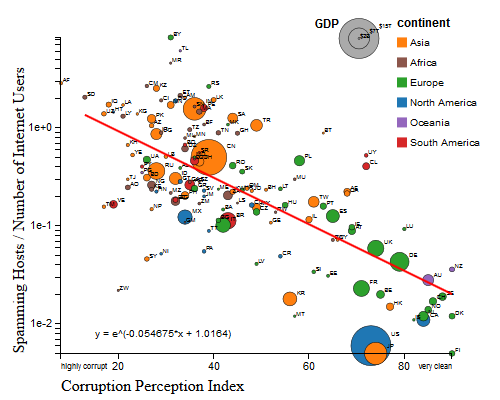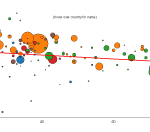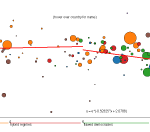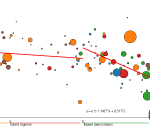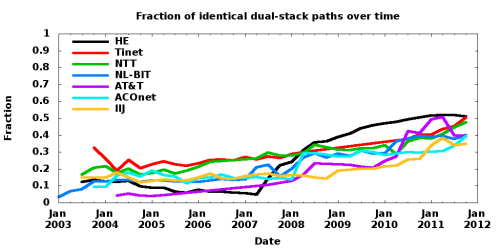Carna botnet scans confirmed
Monday, May 13th, 2013 by Alistair KingOn March 17, 2013, the authors of an anonymous email to the “Full Disclosure” mailing list announced that last year they conducted a full probing of the entire IPv4 Internet. They claimed they used a botnet (named “carna” botnet) created by infecting machines vulnerable due to use of default login/password pairs (e.g., admin/admin). The botnet instructed each of these machines to execute a portion of the scan and then transfer the results to a central server. The authors also published a detailed description of how they operated, along with 9TB of raw logs of the scanning activity.
Online magazines and newspapers reported the news, which triggered some debate in the research community about the ethical implications of using such data for research purposes. A more fundamental question received less attention: since the authors went out of their way to remain anonymous, and the only data available about this event is the data they provide, how do we know this scan actually happened? If it did, how do we know that the resulting data is correct?
